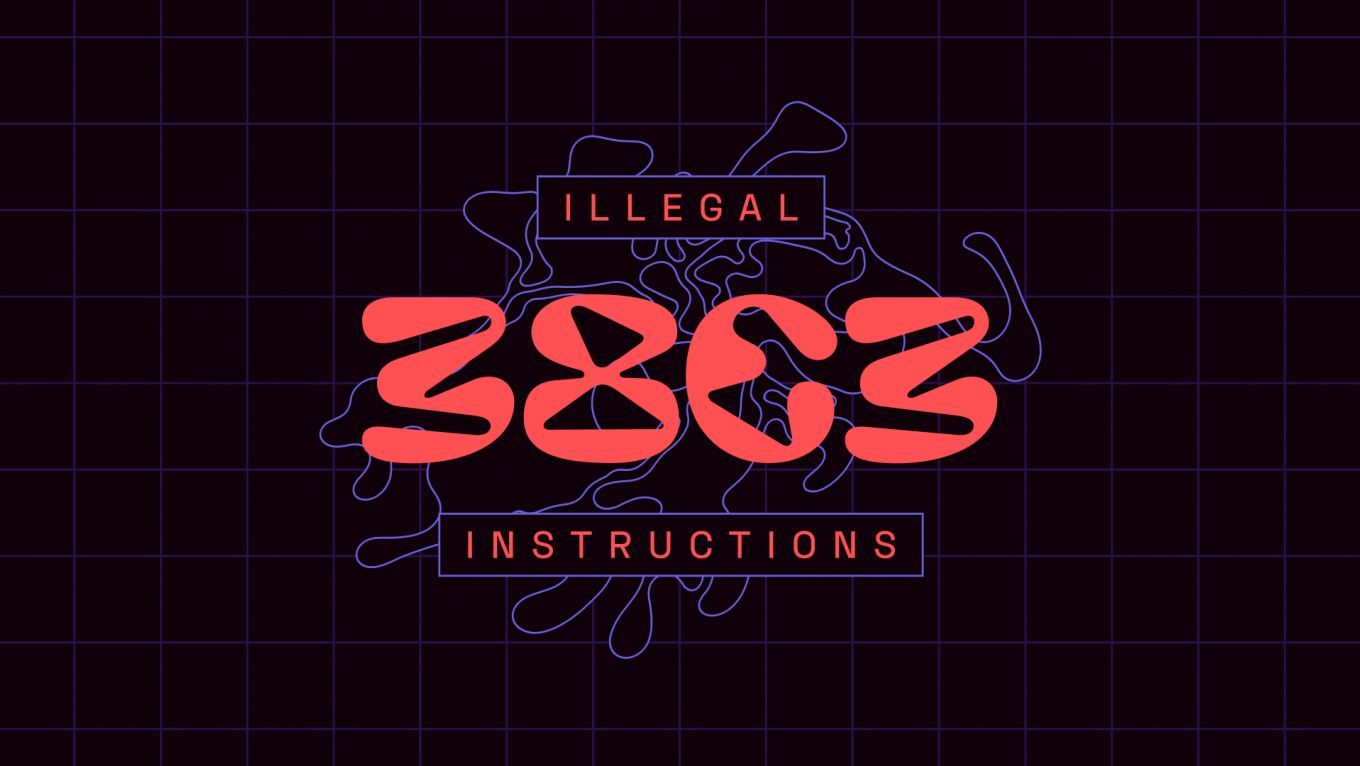Hardware & Making
From Silicon to Sovereignty: How Advanced Chips are Redefining Global Dominance
Recent breakthroughs in machine learning have dramatically heightened the demand for cutting-edge computing chips, driving advancements in semiconductor technologies. At the forefront of this progress is Extreme Ultraviolet (EUV) lithography—a transformative method in microchip fabrication that enables the creation of ultra-small, high-performance devices. However, the path from raw materials to these state-of-the-art chips navigates a complex global supply chain riddled with technical challenges and geopolitical tensions. As nations vie for dominance in computing power, control over this supply chain has emerged as a strategic priority, featuring prominently in a high-stakes competition with global implications. Designed for all audiences, this talk explores the critical intersection of science, technology and global affairs shaping our future.
This talk centres on the advanced technical processes required to manufacture state-of-the-art computer chips, tracing the journey from raw materials to ultra-miniaturized circuits. We will explore each critical stage in this complex process, beginning with the refinement of ultrapure quartz and progressing through wafer production to the advanced lithography techniques that enable feature sizes down to just a few nanometers—all executed not merely in a laboratory but at an industrial scale that pushes the boundaries of what is technologically possible.
A particular emphasis will be placed on Extreme Ultraviolet (EUV) lithography, a revolutionary technique essential for achieving these ultra-small scales. EUV lithography not only represents the core technological challenge in chip fabrication but also holds a pivotal position in the global semiconductor supply chain, placing it at the intersection of scientific innovation and international politics. The talk will address both the underlying physics and the geopolitical significance of this technology, as nations increasingly view control over semiconductor production as a strategic asset.
Additional information
| Live Stream | https://streaming.media.ccc.de/38c3/zigzag |
|---|---|
| Type | Talk |
| Language | English |
More sessions
| 12/27/24 |
I'm not big-brained enough to use cameras on Linux, so I decided to write my own camera stack (based on a real story).
|
| 12/27/24 |
Reverse engineering the Wi-Fi peripheral of the ESP32 to build an open source Wi-Fi stack.
|
| 12/27/24 |
Many developers know that the answer to "How do I debug this microcontroller" is either "JTAG" or "SWD". But what does that mean, exactly? How do you get from "Wiggling wires" to "Programming a chip" and "Halting on breakpoints"? This talk will cover how common debug protocols work starting from signals on physical wires, cover common mechanisms for managing embedded processors, and ending up at talking to various common microcontrollers.
|
| 12/27/24 |
The Iridium satellite (phone) network is evolving and so is our understanding of it. Hardware and software tools have improved massively since our last update at 32C3. New services have been discovered and analyzed. Let's dive into the technical details of having a lot of fun with listening to satellites.
|
| 12/27/24 |
The 530 tons and 63 meter tall Ariane 6 rocket finally launched on July 9th 2024 carrying our open-source developed payloads – the SIDLOC experiment and the satellite Curium One – into space. SIDLOC tested a new, open, low-power standard for identifying and precisely locating spacecraft whilst our satellite Curium One established an open-source baseline for larger CubeSat systems and allowed us to test a bunch of new technologies. From sourcing a launch opportunity to the final integration ...
|
| 12/27/24 |
Custom silicon chips are black boxes that hold many secrets, like internal ROMs, security features and audio DSP algorithms. How does one start reverse engineer them? Let's look at the basics of silicon reverse engineering, what gate array chips are, and how some tooling can generate Verilog code automatically from a die shot.
|
| 12/27/24 |
IRIS (Infra-Red, *in situ*) is a technique for non-destructively inspecting the construction of a select but common type of chip. It can improve visibility into our hardware and provide supporting evidence of its correct construction, without desoldering chips or expensive analytical gear. This talk covers the theory behind IRIS, as well as some embodiments of the technique. I will also frame the relevance of IRIS in the face of various threat scenarios. Time permitting, I’ll also show how you ...
|

